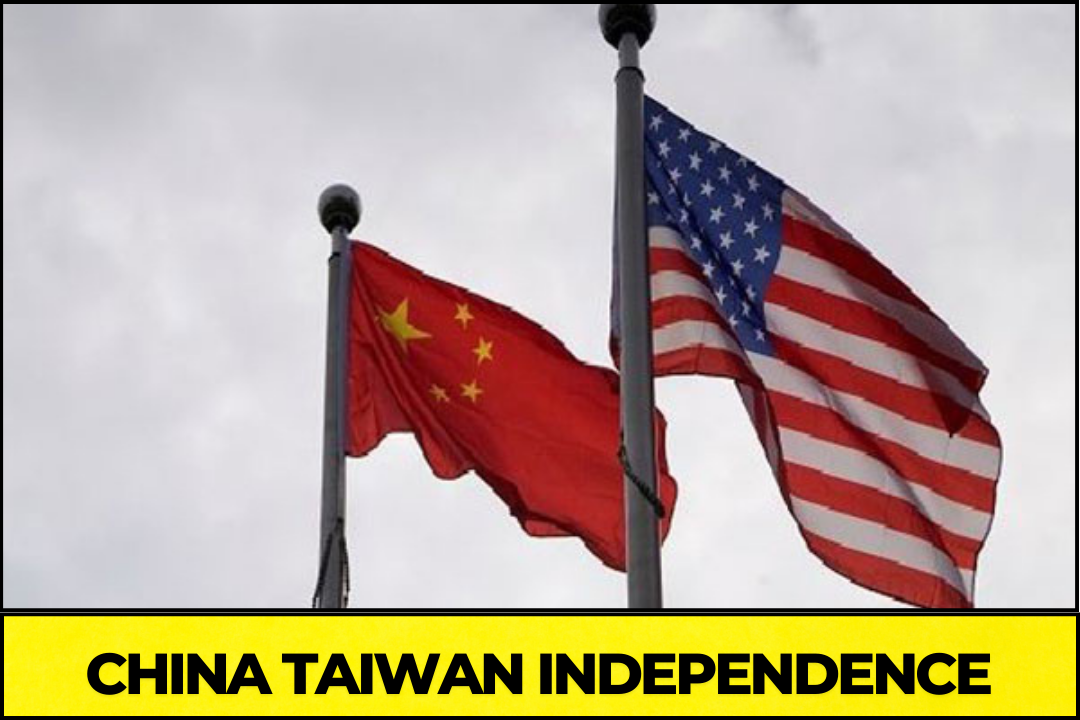Introduction
The issue of China-Taiwan independence has been a longstanding geopolitical debate, attracting global attention. Taiwan, officially known as the Republic of China (ROC), operates as a self-governing entity, yet China claims it as an integral part of its territory. The question of Taiwanese sovereignty is not only a domestic concern but also an international flashpoint involving the United States, Japan, and other global powers. Understanding the China-Taiwan dispute requires a deep dive into historical context, political developments, economic relations, and potential future scenarios.
Historical Context of China-Taiwan Relations
The history of China-Taiwan separation dates back to the Chinese Civil War (1927–1949). The conflict between the Chinese Communist Party (CCP) and the Kuomintang (KMT) led to the retreat of the KMT government to Taiwan after the CCP established the People’s Republic of China (PRC) in 1949. Since then, Taiwan has operated with a separate government, but Beijing has never relinquished its claim over the island.
Key milestones in China-Taiwan relations include:
1949: KMT retreats to Taiwan, establishing a separate government.
1971: The United Nations recognizes the PRC as the legitimate government of China, replacing Taiwan.
1992: The “1992 Consensus” suggests a mutual understanding of “One China” but with different interpretations.
2000s-Present: Growing Taiwanese nationalism and increased political tensions with Beijing.
The historical divide continues to shape both domestic policies and international diplomacy.
Political Dynamics and Current Developments
Taiwan’s political landscape is deeply influenced by the independence movement. The ruling Democratic Progressive Party (DPP) advocates for maintaining Taiwan’s sovereignty, whereas the Kuomintang (KMT) supports closer ties with Beijing. China, on the other hand, has been increasingly assertive in its One China Policy, vowing to reunify Taiwan, by force if necessary.
Recent political developments include:
Increased military pressure: China conducts military drills near Taiwan as a form of intimidation.
Growing U.S. support: The United States has passed acts supporting Taiwan’s defense capabilities.
Taiwan’s evolving identity: More Taiwanese citizens identify as “Taiwanese” rather than “Chinese.”
These factors contribute to a fragile but persistent status quo in cross-strait relations.
Economic Ties Between China and Taiwan
Despite political tensions, China and Taiwan maintain strong economic ties, particularly in trade and investment. Taiwan is a major player in the global semiconductor industry, and China is one of its largest trading partners. However, rising geopolitical tensions have prompted Taiwan to diversify trade relationships to reduce reliance on China.
Aspect
Details
Trade Volume
Taiwan exported over $100 billion worth of goods to China in 2022
Key Industries
Semiconductors, electronics, and machinery
Investment Trends
Taiwan is shifting investment towards Southeast Asia and the U.S.
Economic Risks
Possible sanctions and disruptions if China-Taiwan tensions escalate
The Role of the International Community
The international community plays a crucial role in China-Taiwan relations, with key players including the United States, Japan, and the European Union. The U.S. supports Taiwan through arms sales and diplomatic visits, while China warns against foreign intervention.
Key International Responses:
United States: Arms sales and diplomatic engagements with Taiwan.
Japan: Increased security cooperation due to regional security concerns.
European Union: Limited but growing support for Taiwan’s democratic institutions.
United Nations: Taiwan remains unrecognized as a sovereign state due to Beijing’s influence.
Possible Future Scenarios
Several scenarios could unfold regarding Taiwan’s future status:
Peaceful Status Quo: Taiwan continues its current de facto independence without formal recognition.
Formal Independence Declaration: A move that could provoke a military response from China.
Peaceful Reunification: Unlikely under current political conditions, but a long-term possibility.
Military Conflict: The worst-case scenario, involving U.S.-China confrontation.






